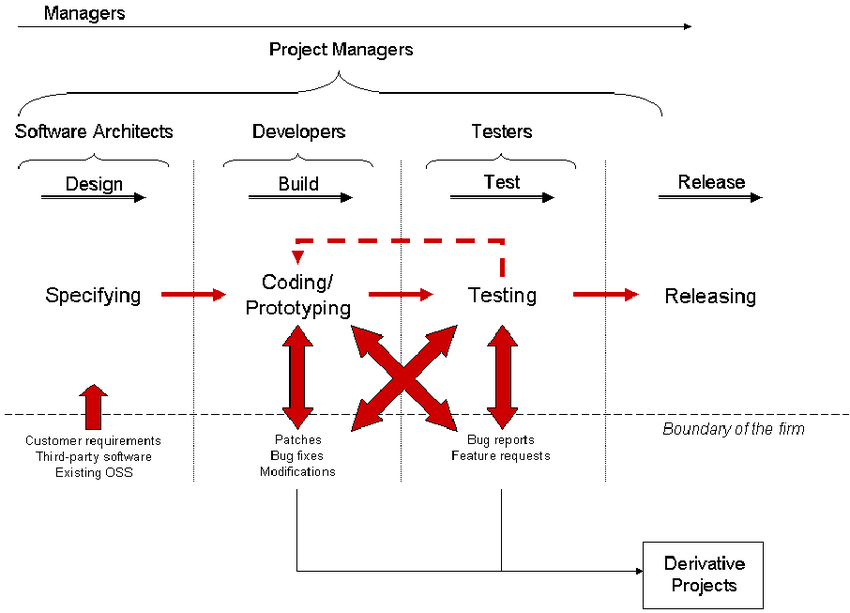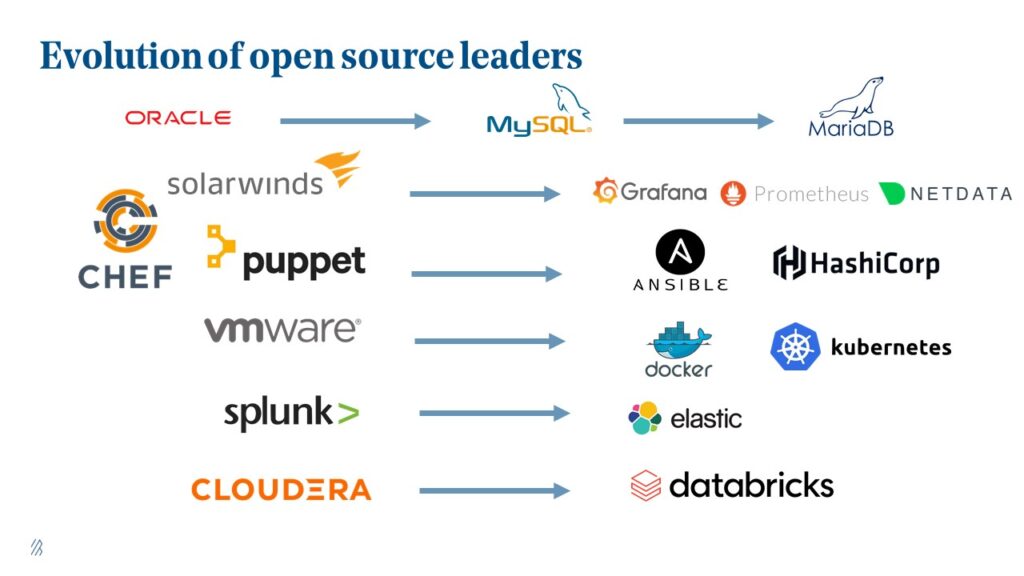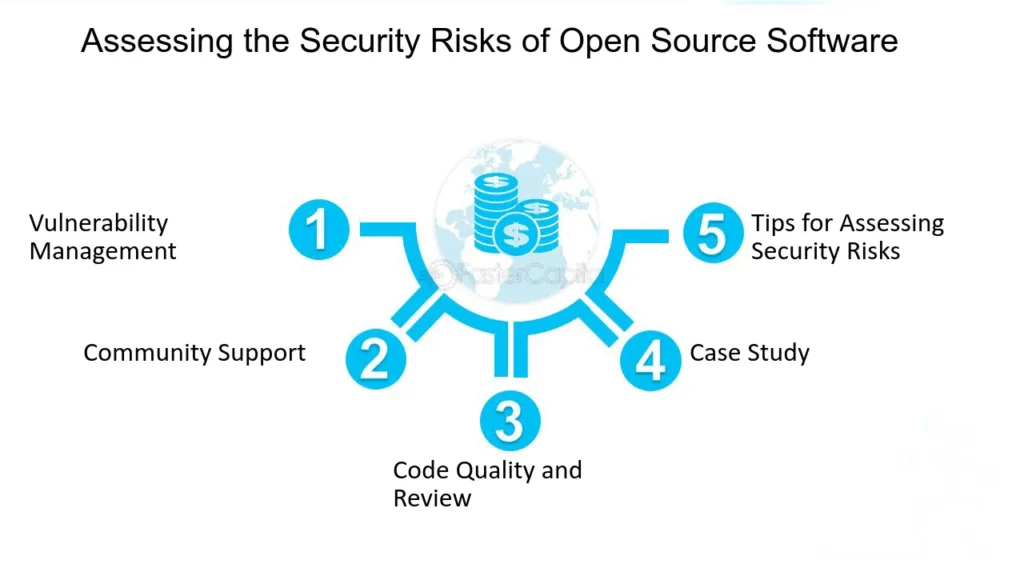Enterprise use of open-source software (OSS) continues to rise, even as organisations navigate critical challenges in security, compliance, and maintenance.
According to the 2025 State of Open Source Report by Perforce, a staggering 96% of organisations either increased or maintained their OSS usage over the past year. More than a quarter (25.71%) reported a significant increase.
Adoption is growing across companies of all sizes, but the sharpest growth was seen among large enterprises (5,000+ employees)—68% of which reported ramping up OSS usage.
“Open source is the engine behind innovation in big data, AI, and more—but adoption alone isn’t enough,” said Gael Blondelle, Chief Membership Officer at the Eclipse Foundation.
“To realise its full potential, organisations must invest in people, processes, and the long-term sustainability of the technologies they rely on.”
OSS Adoption Driven by Cost Reduction

For the second consecutive year, cost savings were the top reason for adopting OSS.
More than 53% of respondents cited “no license cost/overall cost reduction” as their primary motivation—up from 37% the previous year and well ahead of the next leading factor, vendor lock-in reduction (32.86%).
Sectors especially focused on cost-efficiency include:
- Government and public sector (92%)
- Retail (67%)
- Banking (62%)
- Telecoms (60%)
- Manufacturing (57%)
Perforce attributes this shift to ongoing economic uncertainty, which is pushing businesses to reassess IT budgets and favour free, open-source alternatives.
Other key drivers included:
- Open standards/interoperability (27.62%)
- Community-supported stable technologies (24.29%)
- Reduced development/maintenance costs (22.38%)
Surprisingly, improving development speed and access to cutting-edge technology were cited less frequently than in past years—although still valued by larger organisations.
Where Enterprises Are Investing: Cloud, Data, and Development

Most organisations are funnelling OSS investments into three key areas:
- Cloud and containerisation technologies (39.52%)
- Databases and data infrastructure (33.33%)
- Programming languages and frameworks (32.86%)
The rise in programming language investment suggests a broader shift—particularly among smaller companies—from consuming open-source software to actively developing with it.
Larger enterprises are also increasing investment in analytics and DevOps/GitOps/DevSecOps tooling, aligning with their complex operational needs.
End-of-Life Software: A Lingering Risk
Despite growth in OSS usage, outdated software remains a major concern.
Over 25% of organisations are still running CentOS, even though all versions have reached end-of-life (EOL). Among large enterprises, that figure rises to 40%.
Alarmingly, 28% of CentOS users lack a plan for addressing new vulnerabilities (CVEs), and 38% of large enterprises admit the same. Additionally, 25% of large firms haven’t even decided on a CentOS migration strategy.
“Enterprises using EOL software like CentOS and AngularJS are nearly three times more likely to fail compliance audits,” the report warns.
The top challenges for teams still using CentOS include:
- Applying security patches (52.83%)
- Maintaining regulatory compliance (30.19%)
Migration from CentOS is proving time-consuming—43% expect it to take more than six months. While Ubuntu (30.19%) is the most common replacement, 15% overall—and 25% of large organisations—remain undecided.
Security, Compliance, and Skill Shortages Remain Key Barriers

Beyond the CentOS issue, organisations face broader challenges with OSS, including:
- Keeping up with updates/patches (63.81% find this challenging)
- Meeting security and compliance requirements (60%)
- Managing EOL software (58.57%)
These concerns highlight a critical tension: OSS offers flexibility and savings, but requires careful management to avoid exposure to risks.
A major contributing factor is the talent gap. For example:
- Nearly 47% of organisations working with big data report low confidence in managing it
- Over 75% cite personnel shortages or lack of skills as major barriers
- Among users of cloud-native tools like Docker (59.3%) and Kubernetes (39.2%), 51% struggle due to lack of experience or in-house expertise
To bridge the gap, companies are investing in:
- Employee training (49.52%)
- Hiring external contractors/consultants (30.95%)
- Partnering with third-party vendors (25.24%)
Still, a lack of professional support (44.29%) remains the primary reason many firms stick with proprietary open-source-based products instead of migrating to pure OSS versions.
Linux and Infrastructure Tools: The Current Landscape
Ubuntu retains its status as the most popular Linux distribution (56.73%), followed by Debian (31.73%) and CentOS (25.96%).
For infrastructure software, the most widely used tools include:
- NGINX (50.25%)
- Apache HTTP Server (48.74%)
- Apache Tomcat (38.19%)
Notably, 71% of respondents report using both NGINX and Apache HTTP, indicating a strong reliance on established open-source infrastructure tools.
Conclusion
The 2025 Perforce State of Open Source Report paints a complex picture. Enterprise adoption of OSS is thriving, driven primarily by cost-efficiency and a desire for greater control. Yet security, compliance, and skill shortages remain significant hurdles.
As open-source becomes more embedded in enterprise workflows, the need for long-term planning, talent development, and sustainable OSS ecosystems is more critical than ever.













Comments are closed